The pop-up card of former Sapporo City Public Hall
Continuing from the last article, I made a pop-up card of the architecture in Sapporo.
The model is the former Sapporo City Public Hall. The building was completed in 1927 at the place where the Sapporo Citizen’s Hall is currently located. The Hohei-kan, which is now in Nakajima Park, was in this place at that time, and this public hall was built on the north side of it.
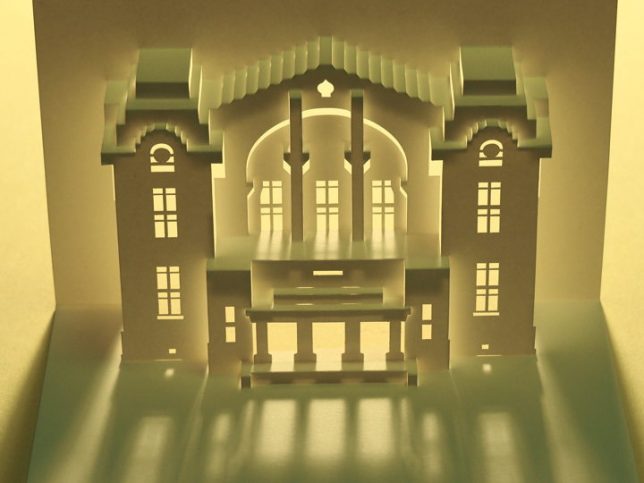
Looking at past newspapers, opinions requesting a public hall have been issued since around 1915, and in 1917 the Sapporo Ward Assembly decided to build a public hall. At that time, it seems that the ground leveling work was also underway.
However, because the construction would not be in time for the 1918 50th Anniversary Expo (commemorating the 50th anniversary of the name change to Hokkaido), it was decided to postpone the construction and use the site for the exposition. (Hokkaido Times March 19, 1918). After that, discussions about the construction of the public hall were ongoing, but it remained unrealized due to budget issues and the undecided construction site.
Meanwhile, in 1921, the Imperial Household Ministry decided to sell the Hohei-kan, and Sapporo Ward requested the government to sell it by using the Hohei-kan as a public hall. The following year, 1922 (the year when Sapporo became the city), Hohei-kan became the property of Sapporo City. The construction of the public hall was embodied in the form of building a building on the north side of Hohei-kan.
However, there were also dissenting opinions about the location, and it was difficult to decide.
In January 1925, the Hokkai Times published a special feature named “Sapporo City Public Hall Problem" ten times, and posted many opinions. Even at this point, there were opinions against the construction next to Hohei-kan.
After all, construction was decided on the north side of Hohei-kan in April 1925, and a design proposal was posted on the Hokkai Times in July. The design was done by Keizo Endo, an engineer from the Civil Engineering Division of Sapporo City.
The public hall was completed and handed over to Sapporo City in November 1927.
Translate newspaper articles of the time.
“At the end of 1914, as a result of various efforts since the inauguration of Mayor Takaoka, the public hall, which had been a long-standing concern in Sapporo City, was decided to be built adjacent to the back of Hohei-kan with a budget of 250,000 yen.
Through efforts of the directors and city council member, most of the construction cost was donated by the citizens, and the construction was started in November last year. During the year, only the foundation work was done, and the next spring, the construction started. The building was completed this month, and confirmation and hand over were completed in the presence of the city civil engineering committee from 10 am on November 25. “
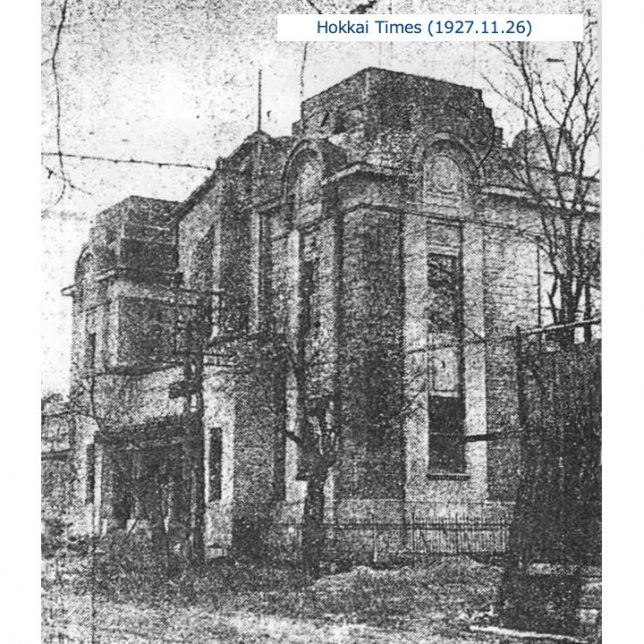
The public hall was a two-story wooden structure, and the side in contact with Hohei-kan was made of reinforced concrete. There was a large assembly hall on the first floor and an audience seat on the second floor, which can accommodate a total of 1,500 people. The kitchen, warehouse, and boiler room were located in the basement. There was also a Japanese-style annex on the east side of the building.
It is said that the construction cost was 167,258 yen, and about 80,000 yen was spent on the internal equipment cost.
However, on the financial side, it seems that donations were not easily collected. In the newspaper, some articles were published, “Donation of Sapporo City Public Hall that does not gather at all" (1929) , “70,000 yen that has not been collected yet, We are worried about the construction cost of Sapporo City Public Hall" (1930).
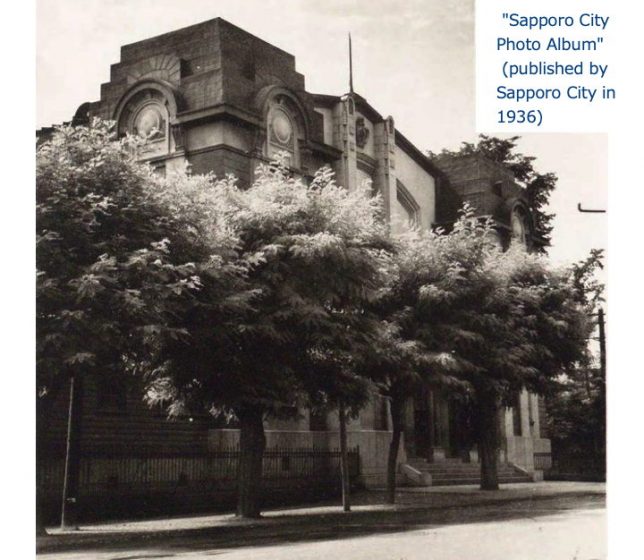
Army use and occupation forces use
Hohei-kan and the Public Hall were used by the Japanese Army from 1943, so there were no longer available to the citizen.
After the end of the war, it was used by occupation forces.
Then in 1946, the occupation forces requisitioned the Mitsukoshi Sapporo branch, and instead Mitsukoshi decided to operate at the Hohei-kan and the public hall. The Hokkaido Newspaper of the same year contained a letter to the editor saying, “The public hall should be made available to the citizens."
The hall returned to the management of Sapporo City in 1947 and started again in 1948 under the name of Sapporo Community center. After that, in 1949, it was renamed to “Sapporo Citizen Hall" and used.
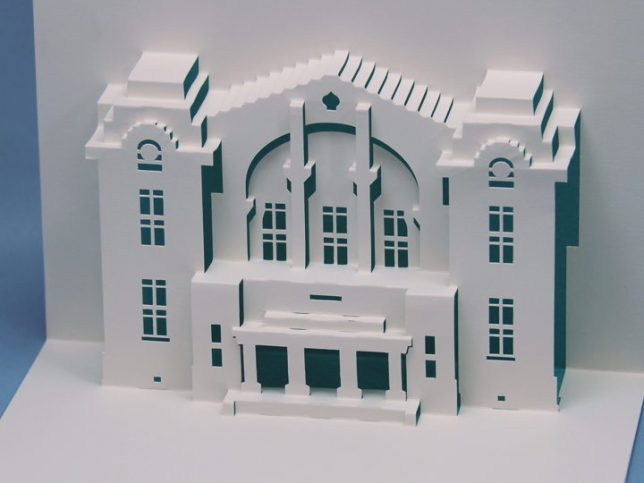
Rebuilding the public hall (citizen hall)
However, as the population of Sapporo increases, people were becoming dissatisfied with the usability of the citizen hall (former public hall).
In 1955, a founder’s meeting was held to promote the reconstruction of the Sapporo Citizen Hall. Renovation claims have been made for a few years, and the movement has begun in earnest. According to the newspaper at that time, “The current civic center was built 28 years ago when the population was only 150,000, and the population has already exceeded 400,000. The hall is too poor for the cultural center of Sapporo City that has been growing."
There was a debate over whether to demolish or preserve the Hohei-kan when rebuilding the Citizen Hall. As a result, Hohei-kan was to be relocated to Nakajima Park, but no such voice could be confirmed for the Citizen Hall (former Public Hall).
The old public hall existed for only 30 years. It is lonely considering the eager reports at the time of construction.
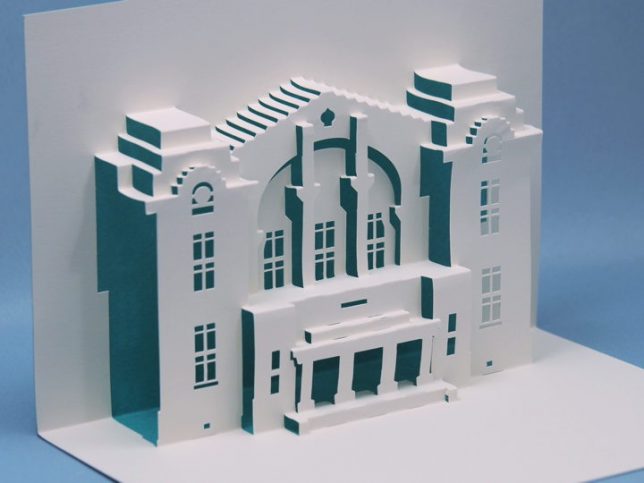
Since blue is used to paint the outer wall of the current Hohei-kan, I chose blue as the paper outside the pop-up card.
However, I don’t know what the actual color of the former Public Hall was.
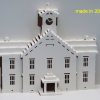
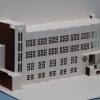
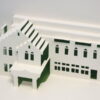

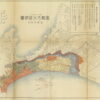
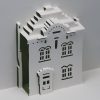
Recent Comments